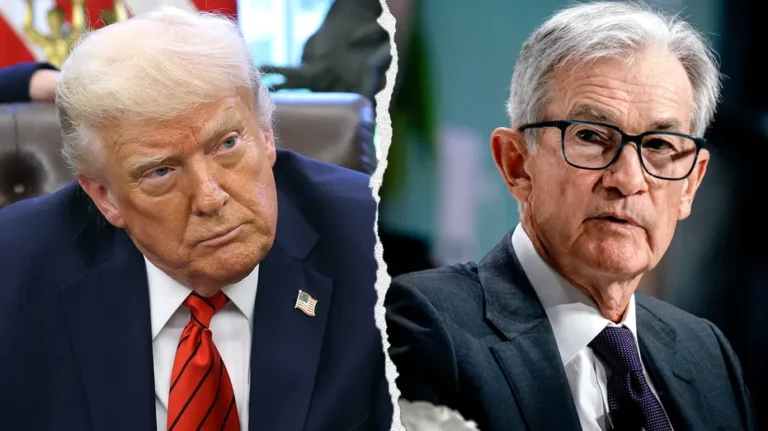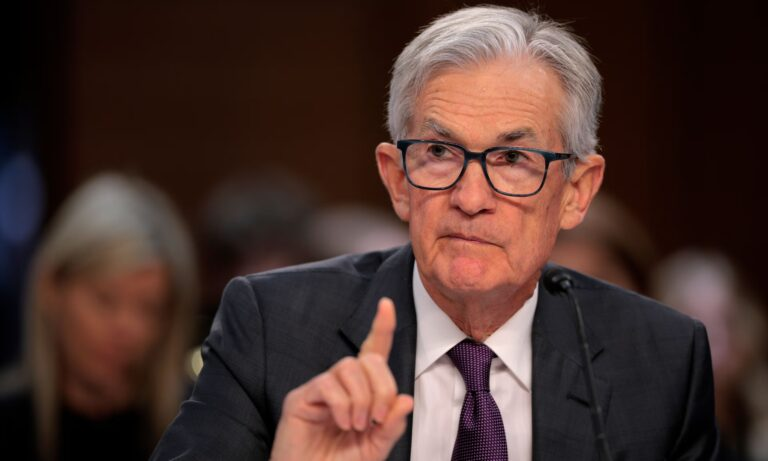Tensions between the Federal Reserve (Fed) and President Donald Trump have worsened following the institution’s decision to keep interest rates in the 4.25% to 4.50% range for the third consecutive time. Fed Chairman Jerome Powell justified the measure considering the growing risks posed by the president’s trade policies, particularly the recent wave of tariffs that have generated global uncertainty and a historic stock market crash.

In a clear and firm statement, Powell emphasized that the US economy remains strong, allowing the Fed to adopt a wait-and-see stance. Although Trump is pushing for a rate cut to offset the negative impact of his trade war, the central bank is opting for caution considering the risk of stagflation, caused by a possible simultaneous increase in unemployment and inflation.
The Fed warned that Trump’s tariff measures have increased economic uncertainty and could affect both growth and price stability. Despite pressure from the president, Powell insisted that the Fed’s decisions are independent and that he has not, nor will he, request a meeting with him. “We can be patient”, he reiterated, ruling out a rate cut in the short term.

Meanwhile, the labor market continues to hold strong: 177,000 jobs were created in april, and the unemployment rate stood at 4.2%. These data have reduced expectations of immediate Fed intervention, although Powell warned that the economic direction will depend largely on the outcome of international trade negotiations.
Trump has intensified his attacks on Powell, accusing him of manipulating monetary policy and even calling for his dismissal through social media, amid growing institutional confrontation.

Despite the pressure, Powell has made it clear that he will not leave his post before his term ends in 2026. As the dispute worsens, the Fed stands as one of the few remaining counterweights to President Trump.







